
Published: Nov 30, 2024
10 Game-Changing Benefits of Content Calendars for Small Businesses
10 Game-Changing Benefits of Content Calendars for Small Businesses
I’ve been there – drowning in sticky notes, forgetting important posts, and scrambling to create last-minute content. But then I found my secret weapon: the content calendar. It’s like having a personal assistant for your marketing… minus the awkward water cooler chats. Let me spill the beans on why this tool is a total game-changer for small businesses like yours!
TLDR: What exactly is a content calendar, and why do small businesses need one?
1️⃣ What is a content calendar?
A content calendar is a strategic planning tool that helps you schedule and organize your content across various platforms. It’s like a roadmap for your marketing efforts, keeping you on track and consistent.
2️⃣ Why do small businesses need a content calendar?
Small businesses often juggle multiple tasks with limited resources. A content calendar helps streamline marketing efforts, ensures consistency, and saves time by planning ahead. It’s crucial for maintaining a strong online presence without burning out.
3️⃣ How does a content calendar improve marketing efficiency?
By planning content in advance, you can batch create, schedule posts, and maintain a consistent publishing rhythm. This efficiency allows you to focus on other aspects of your business while keeping your marketing efforts on autopilot.
Table of Contents
- What is a Content Calendar?
- Top 10 Benefits of Using a Content Calendar
- How to Create a Content Calendar
- Common Mistakes to Avoid
- Conclusion: Embracing the Power of Content Calendars
- Content Calendar Tools for Small Businesses
What is a Content Calendar?
Ever feel like you’re juggling a million content ideas in your head? That’s where a content calendar swoops in to save the day! It’s not just a fancy spreadsheet – it’s your secret weapon for content marketing success.
The Nuts and Bolts of a Content Calendar
At its core, a content calendar is a schedule of what content you’re going to publish, when you’re going to publish it, and where it’s going to live. It’s like a roadmap for your content strategy, helping you plan everything from blog posts to social media updates.
Here’s what a typical content calendar might include:
- Publication dates
- Content types (blog posts, videos, social media updates, etc.)
- Topics or themes
- Assigned team members
- Distribution channels
Why It’s a Game-Changer for Small Businesses
For small business owners like us, wearing multiple hats is the norm. One minute you’re the CEO, the next you’re the janitor (been there, done that!). A content calendar helps you stay on top of your marketing game without losing your mind.
Kelly MicKey, a marketing analyst at Hinge Marketing, puts it perfectly: “Using a content marketing calendar to plan your social media activity keeps your entire team accountable for your goals and allows you to make adjustments when new opportunities arise.”
Beyond Just Scheduling
A content calendar isn’t just about plotting dates on a calendar. It’s a strategic tool that helps you:
- Align content with business goals: Got a big product launch coming up? Your calendar ensures you’re building buzz at the right time.
- Maintain consistency: No more feast-or-famine content creation. A calendar keeps you posting regularly.
- Improve content quality: With more time to plan, you can create better, more thoughtful content.
- Track performance: By planning ahead, you can easily see what’s working and what’s not.
Real-World Example: My Content Calendar Revelation
I remember when I first started my small marketing agency in Austin, Texas. I was posting content willy-nilly, whenever inspiration struck. The result? Inconsistent messaging and a lot of late nights scrambling to write something – anything – to post.
Then I discovered the magic of content calendars. I started using Trello to map out my content strategy. Suddenly, I was ahead of the game. I could plan content around key dates (hello, holiday promotions!), and I always knew what was coming next. My stress levels plummeted, and my content quality soared.
The Bottom Line
A content calendar isn’t just a nice-to-have – it’s a must-have for any small business serious about content marketing. It’s the difference between feeling like you’re always playing catch-up and feeling like you’ve got your marketing under control.
Ready to dive deeper into the benefits? Let’s explore why content calendars are a total game-changer for small businesses like yours!
Top 10 Benefits of Using a Content Calendar
Let’s dive into the game-changing benefits of using a content calendar for your small business. Trust me, once you start using one, you’ll wonder how you ever managed without it!
1. Improved Organization
Gone are the days of frantically searching for that brilliant idea you jotted down on a napkin. With a content calendar, everything’s in one place. It’s like having a personal assistant who never forgets a thing.
- Real-life example: When I first started using a content calendar for my Austin-based marketing agency, I went from sticky notes everywhere to a neat, organized system. No more lost ideas or forgotten posts!
2. Consistent Posting Schedule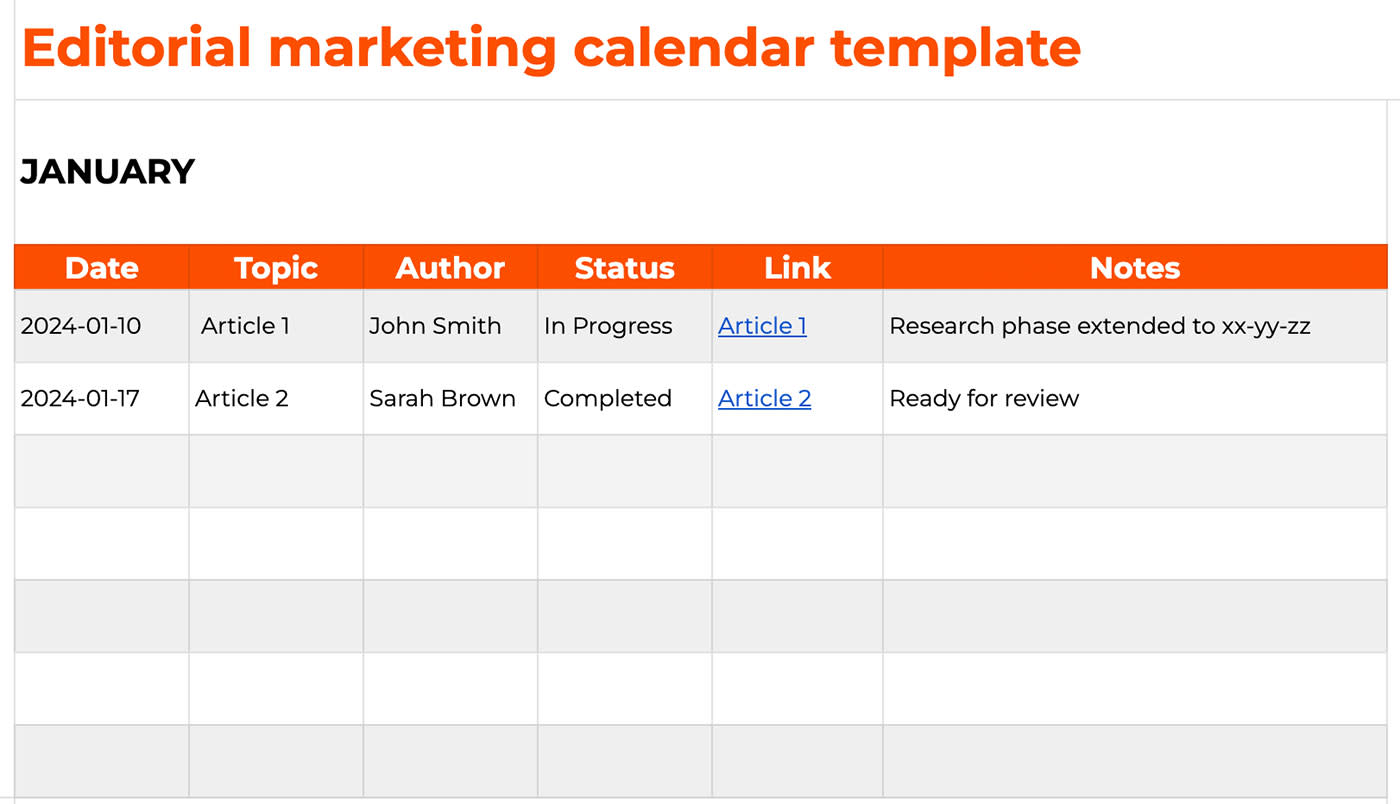
Consistency is key in content marketing. A content calendar helps you maintain a steady rhythm of posts, keeping your audience engaged and coming back for more.
- Pro tip: Start with a realistic posting schedule. It’s better to consistently post twice a week than to burn out trying to post daily.
3. Better Content Quality
When you’re not scrambling to create content at the last minute, you have time to research, refine, and polish your ideas. The result? Content that truly resonates with your audience.
- Stats speak: According to Content Marketing Institute, 70% of B2B marketers say their content quality improved with a documented strategy.
4. Time-Saving
Batching similar tasks is a huge time-saver. With a content calendar, you can plan and create content in bulk, freeing up time for other aspects of your business.
- Personal anecdote: I used to spend hours each day thinking about what to post. Now, I dedicate one day a month to planning, and I’m set for weeks!
5. Improved Team Collaboration
If you’re working with a team (even if it’s just you and a VA), a content calendar keeps everyone on the same page. No more confusion about who’s doing what and when.
- Tool spotlight: We use Asana for our content calendar. It’s great for assigning tasks and tracking progress.
6. Strategic Content Planning
A content calendar lets you align your content with your business goals and important dates. Got a product launch coming up? Your calendar ensures you’re building buzz at the right time.
- Example: Last year, we planned our content around the SXSW festival in Austin. Our engagement skyrocketed during the event!
7. Balanced Content Mix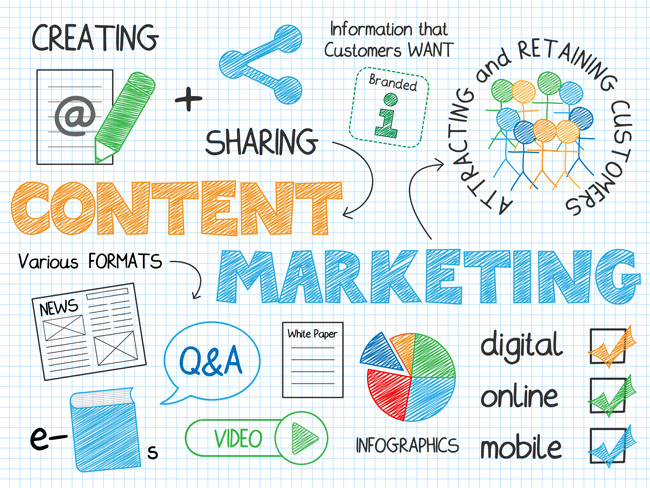
It’s easy to fall into a rut of posting the same type of content. A calendar helps you maintain a healthy mix of educational, promotional, and entertaining content.
- Rule of thumb: Try the 80/20 rule - 80% valuable content, 20% promotional.
8. Easier Performance Tracking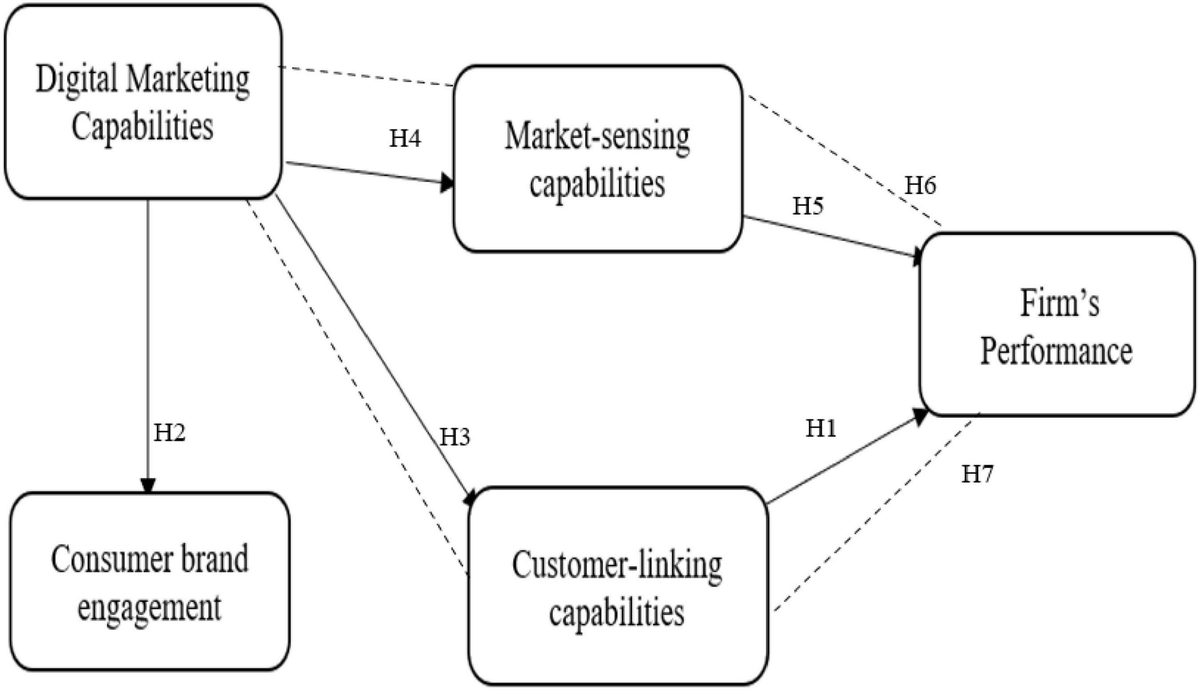
When your content is planned and organized, it’s much easier to track what’s working and what’s not. This data is gold for refining your strategy.
- Tool tip: Use Google Analytics to track your content performance. It integrates well with most content calendar tools.
9. Stress Reduction
No more last-minute panic about what to post. With a content calendar, you’re always ahead of the game. It’s like a weight lifted off your shoulders!
- Personal story: I used to wake up in cold sweats, remembering I hadn’t posted anything. Now, I sleep like a baby knowing everything’s planned and scheduled.
10. Alignment with Business Goals
A content calendar isn’t just about posting regularly; it’s about posting with purpose. It helps you align your content with your overall business strategy.
- Case study: One of my clients, a local Austin food truck, used their content calendar to plan posts around their menu changes and location schedule. Their foot traffic increased by 30% in just two months!
Remember, a content calendar is a tool, not a tyrant. It’s there to guide you, not restrict you. Stay flexible and don’t be afraid to adjust your plan if something timely comes up.
Now that you know the benefits, are you ready to create your own content calendar? Let’s dive into how to set one up in the next section!
How to Create a Content Calendar
Ready to get organized and supercharge your content strategy? Let’s break down how to create a content calendar that’ll work for your small business. Trust me, it’s not as complicated as it might seem!
Choose Your Tool
First things first, you need to pick a tool that fits your needs. There’s no one-size-fits-all solution here.
Google Sheets
- Free and easy to use
- Great for small teams or solo entrepreneurs
- I started with this when I launched my marketing agency in Austin
Trello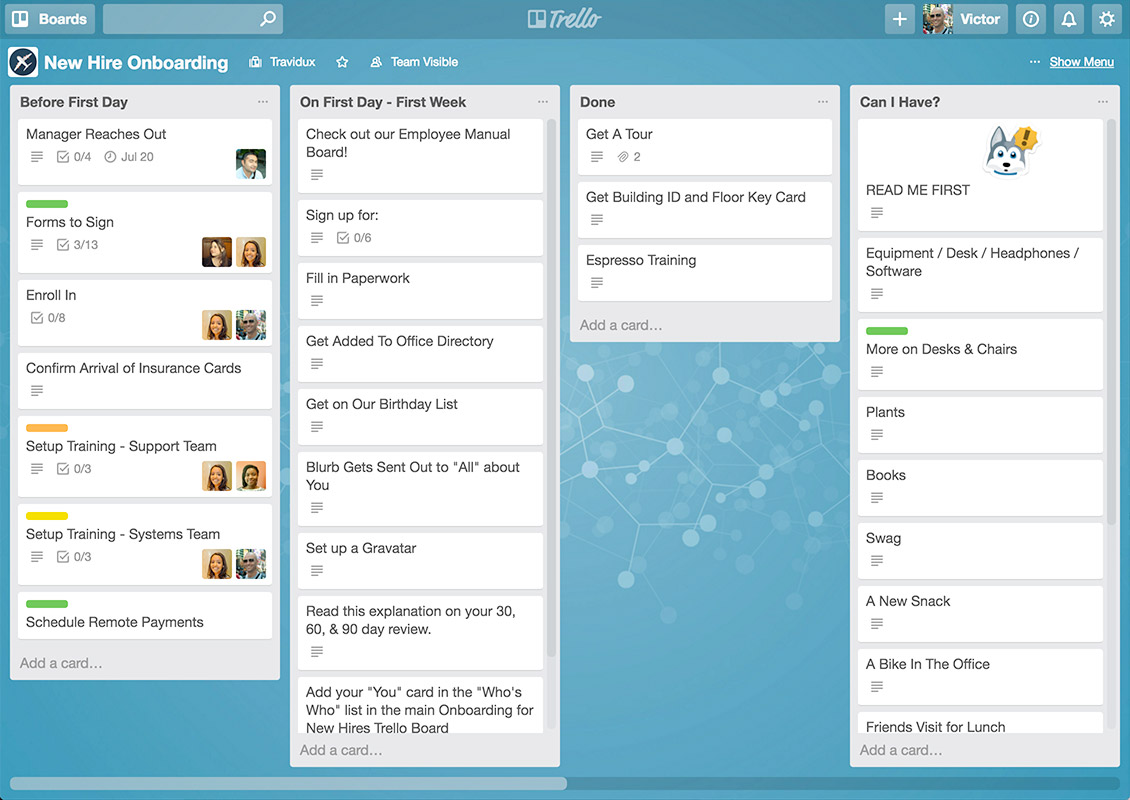
- Visual layout that’s perfect for content planning
- Free version works well for most small businesses
- My go-to choice for its flexibility and ease of use
Asana
- Robust project management features
- Ideal if you’re juggling multiple content types or working with a larger team
- A client of mine, a local coffee shop chain, swears by it for coordinating their content across multiple locations
Determine Content Types
Next up, decide what kind of content you’ll be creating. This could include:
- Blog posts
- Social media updates
- Videos
- Podcasts
- Email newsletters
Pro tip: Don’t try to do everything at once. Start with 2-3 content types and expand as you get more comfortable.
Set Your Posting Schedule
Now, let’s talk frequency. How often can you realistically create and publish content?
- Be honest with yourself. It’s better to post consistently twice a week than to burn out trying to post daily.
- Consider your audience. When are they most active online?
- Remember different platforms have different ideal posting frequencies. For example, you might tweet daily but only post on LinkedIn weekly.
Plan Your Content Themes
Think about the topics you want to cover. This is where you can get strategic.
- Use a tool like Google Trends to see what topics are popular in your industry.
- Plan content around important dates or events. For example, if you’re in e-commerce, you’ll want to plan content leading up to Black Friday.
- Create theme weeks or months. One of my clients, a fitness studio in Austin, does “Motivation Monday” posts every week.
Create a Content Pipeline
This is where the rubber meets the road. Start filling in your calendar with specific content ideas.
- Brainstorm ideas: Get all those ideas out of your head and onto paper (or screen).
- Categorize: Group similar ideas together.
- Prioritize: Decide what content is most important or timely.
- Assign dates: Start plugging ideas into your calendar.
Remember, your content calendar isn’t set in stone. Leave some room for flexibility and spontaneity.
Tips for Success
- Batch your work: Set aside dedicated time for content creation. I like to do this on Mondays when I’m feeling fresh.
- Use color coding: This makes it easy to see at a glance what type of content is scheduled.
- Include all the details: Note things like target keywords, calls-to-action, and which team member is responsible for each piece of content.
- Review and adjust regularly: Set a reminder to review your calendar monthly. What’s working? What isn’t?
Creating a content calendar might take some initial effort, but I promise it’ll save you time and stress in the long run. Just last month, I was able to take a week-long vacation without worrying about my content strategy because everything was planned and scheduled in advance. Now that’s peace of mind!
Remember, the goal isn’t perfection. It’s about creating a system that works for you and helps you consistently create great content for your audience. So, are you ready to give it a try?
Common Mistakes to Avoid
Let’s talk about some pitfalls that can trip up even the most organized content creators. I’ve stumbled into a few of these myself, so learn from my mistakes and keep your content calendar running smoothly!
Overcommitting
It’s easy to get excited and fill up your calendar with ambitious plans. But trust me, quality beats quantity every time.
- My experience: When I first started my content calendar for my Austin marketing agency, I planned three blog posts a week. By week two, I was burnt out and the quality suffered.
- Solution: Start small. It’s better to consistently publish one great piece of content a week than to struggle with three mediocre ones.
Ignoring Analytics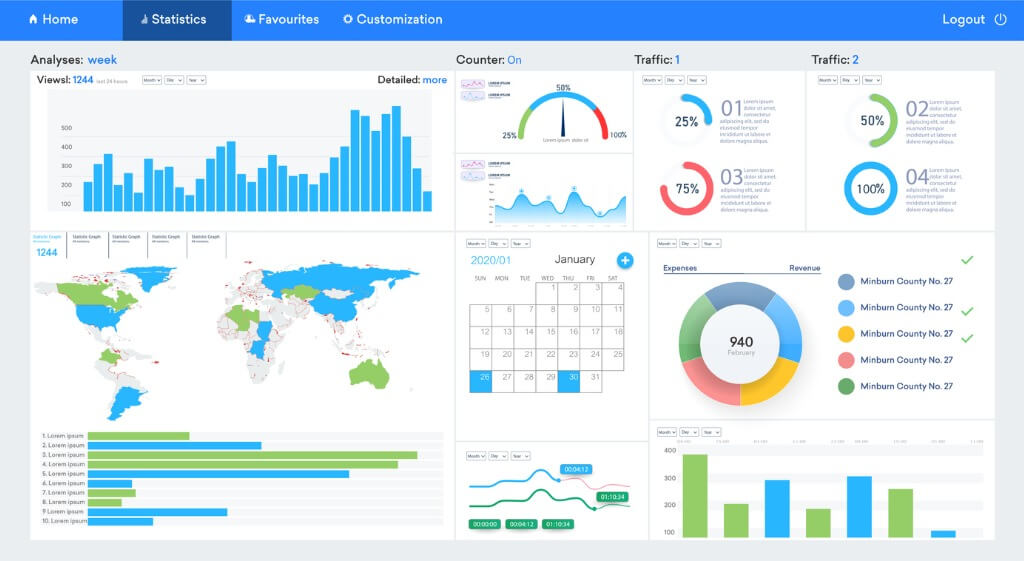
Your content calendar isn’t just for planning; it’s a tool for improvement. Don’t forget to look back and learn from what you’ve done.
- Tool tip: Use Google Analytics to track which content performs best. I check my stats every Monday morning with my coffee.
- Action item: Schedule a monthly review of your content performance. Use these insights to inform your future planning.
Lack of Flexibility
While structure is good, being too rigid can make you miss out on timely opportunities.
- Real-world example: Last year, when a surprise snowstorm hit Austin (yeah, it happens!), I scrapped my planned post about summer marketing tips and quickly put together a piece on how local businesses were handling the unexpected weather. It became one of my most shared posts that month.
- Solution: Leave some gaps in your calendar for spontaneous content. Maybe keep a “content idea bank” for those moments of inspiration.
Forgetting to Update
Your content calendar is a living document. If you set it and forget it, you’re missing out on its full potential.
- Personal anecdote: I once showed up to a client meeting ready to discuss a blog post… that I’d forgotten to reschedule in my content calendar. Talk about embarrassing!
- Pro tip: Set a recurring task in your calendar to update your content plan. I do this every Friday afternoon.
Neglecting Evergreen Content
While timely content is important, don’t forget about those timeless pieces that can drive traffic for months or even years.
- Strategy: Aim for a mix of timely and evergreen content. I try to make at least 25% of my monthly content evergreen.
- Example: A post I wrote two years ago about “10 Essential Tools for Small Business Owners” still gets regular traffic and shares.
Inconsistent Voice
If multiple team members are contributing, make sure your brand voice stays consistent.
- Tool recommendation: Create a brand style guide. We use a shared Google Doc that all team members can access.
- Tip: Include examples of your brand voice in action in your style guide. It makes it much easier for everyone to understand and replicate.
Ignoring SEO
Don’t get so caught up in your publishing schedule that you forget about search engine optimization.
- Tool tip: Use Google Keyword Planner to research keywords for each piece of content. I dedicate a column in my content calendar specifically for target keywords.
- Strategy: Try to plan content around a mix of high-volume and long-tail keywords.
Remember, your content calendar is a tool to help you, not a taskmaster to stress you out. Keep it flexible, keep learning, and don’t be afraid to adjust as you go. After all, the best content strategies evolve over time!
Conclusion: Embracing the Power of Content Calendars
Wow, we’ve covered a lot of ground! Let’s wrap this up and talk about why content calendars are such a game-changer for small businesses like yours and mine.
The Big Picture Benefits
Content calendars aren’t just about keeping your posts organized. They’re about transforming your entire approach to marketing. Here’s what I’ve experienced firsthand:
- Stress reduction: No more late-night panic posting. With everything planned out, you can actually enjoy your evenings!
- Improved content quality: When you’re not scrambling, you have time to create thoughtful, valuable content your audience will love.
- Consistency is king: Regular posting keeps your brand top-of-mind for your audience.
- Strategic alignment: Your content supports your business goals, not just fills space on your feed.
Real Results from Real Businesses
Don’t just take my word for it. Let’s look at some success stories:
- A local Austin food truck I worked with saw a 30% increase in foot traffic after implementing a content calendar that aligned with their menu changes and locations.
- Kelly MicKey from Hinge Marketing found that using a content calendar kept her entire team accountable and nimble enough to adapt to new opportunities.
Overcoming Common Hurdles
Remember those mistakes we talked about earlier? Here’s a quick refresher on how to avoid them:
- Start small and build up. Don’t overcommit!
- Use your analytics to guide future content decisions.
- Stay flexible. Your calendar is a guide, not a prison.
- Update regularly. Set a weekly reminder to review and adjust your plan.
Tools to Get You Started
Ready to dive in? Here are some tools to check out:
- Google Sheets Free and easy for beginners.
- Trello Great visual layout for content planning.
- Asana Robust features for larger teams or complex strategies.
Your Next Steps
- Choose your tool: Pick a platform that fits your needs and budget.
- Set your goals: What do you want to achieve with your content?
- Plan your first month: Start small with a realistic posting schedule.
- Create a content bank: Brainstorm ideas to fill your calendar.
- Review and adjust: After a month, see what worked and what didn’t.
The Bottom Line
A content calendar isn’t just a nice-to-have—it’s a must-have for any small business serious about their online presence. It’s the difference between feeling constantly behind and feeling confidently in control of your marketing strategy.
Remember, it’s not about perfection. It’s about progress. Your content calendar will evolve as your business grows and changes. The important thing is to start.
So, what are you waiting for? It’s time to say goodbye to haphazard posting and hello to strategic, stress-free content creation. Your future self (and your business) will thank you!
Content Calendar Tools for Small Businesses
Let’s dive into some fantastic tools that’ll make content planning a breeze for your small business. I’ve personally tested these out, and they’ve been game-changers for my clients in Austin and beyond.
Google Sheets
- (Free)
Google Sheets is the Swiss Army knife of content planning. It’s free, flexible, and perfect for small teams or solo entrepreneurs.
- Key features:
- Real-time collaboration
- Custom formatting
- Integration with other Google tools
I started using Google Sheets when I launched my marketing agency, and it’s still my go-to for quick, simple planning. Pro tip: Use color coding to easily distinguish between different content types or platforms.
Trello
- (Free/Paid)
Trello’s visual layout is perfect for content planning. Its board and card system makes it easy to drag and drop ideas as your schedule changes.
- Key features:
- Kanban-style boards
- Checklists and due dates
- Power-Ups for added functionality
One of my clients, a local Austin coffee shop, uses Trello to plan their social media content. They love how easy it is to move posts around when they need to adjust their schedule.
CoSchedule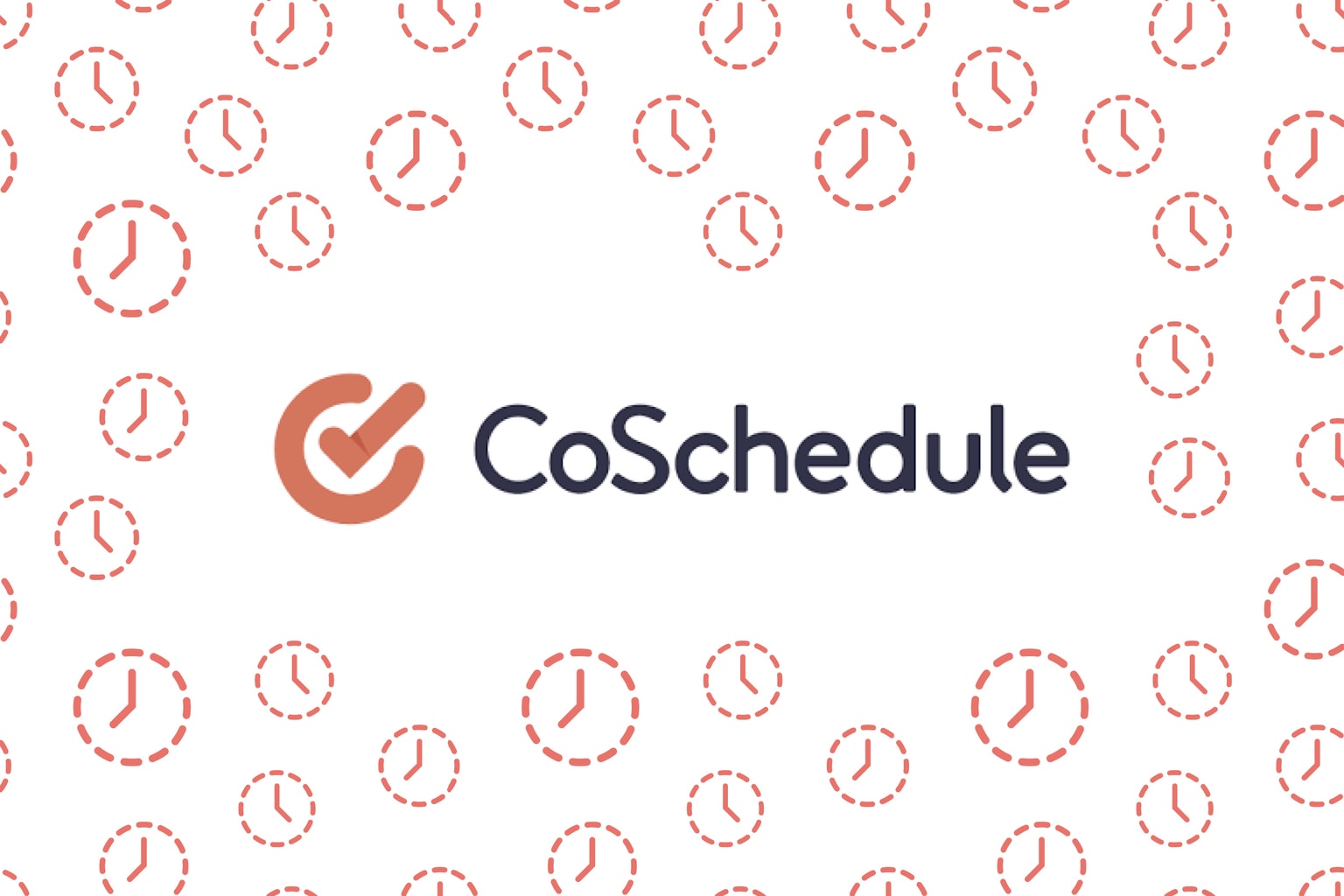
- (Paid)
CoSchedule is a more robust option that’s great for businesses ready to take their content planning to the next level.
- Key features:
- Marketing calendar
- Social media scheduling
- Task management
I recently started using CoSchedule for a client in the tech industry. The ability to see all marketing activities in one place has been a game-changer for coordinating their content strategy.
Asana
- (Free/Paid)
Asana is a project management tool that works great for content planning, especially if you’re juggling multiple projects or working with a larger team.
- Key features:
- Task assignments
- Timeline view
- Integrations with other tools
A local Austin fitness studio I work with uses Asana to coordinate their blog posts, social media, and email newsletters. They love how it keeps everyone on the same page.
Hootsuite
- (Paid)
Hootsuite is primarily known for social media management, but its scheduling features make it a solid choice for content planning too.
- Key features:
- Multi-platform scheduling
- Content library
- Analytics
I’ve used Hootsuite for clients who are heavily focused on social media. It’s great for planning and scheduling posts across multiple platforms in one go.
Airtable
- (Free/Paid)
Airtable is like a supercharged spreadsheet with database capabilities. It’s incredibly versatile for content planning.
- Key features:
- Multiple views (grid, calendar, kanban)
- Custom fields
- Automations
I recently started using Airtable for my own agency’s content planning. The ability to switch between different views (calendar for scheduling, kanban for workflow) has been incredibly helpful.
Choosing the Right Tool
Remember, the best tool is the one you’ll actually use. Here are some factors to consider:
- Budget: Start with free tools if you’re just beginning. Upgrade when you need more features.
- Team size: Solo? Google Sheets might be enough. Larger team? Consider Asana or CoSchedule.
- Content volume: Posting a few times a week? Trello could work. Manage multiple channels with frequent posts? Look at Hootsuite or CoSchedule.
- Integration needs: Consider what other tools you use. For example, if you use a lot of Google tools, Google Sheets might be the most seamless option.
Don’t be afraid to try a few different tools before settling on one. Many offer free trials, so you can test drive before committing.
Remember, a tool is only as good as how you use it. Start simple, be consistent, and adjust as you go. Happy planning!
